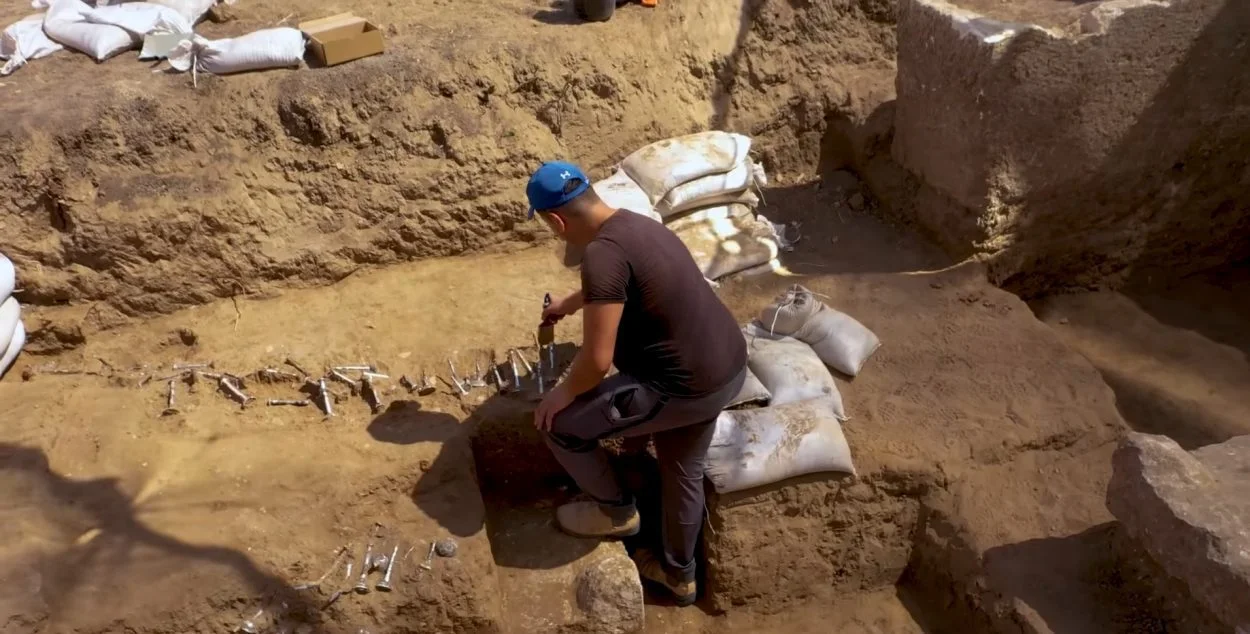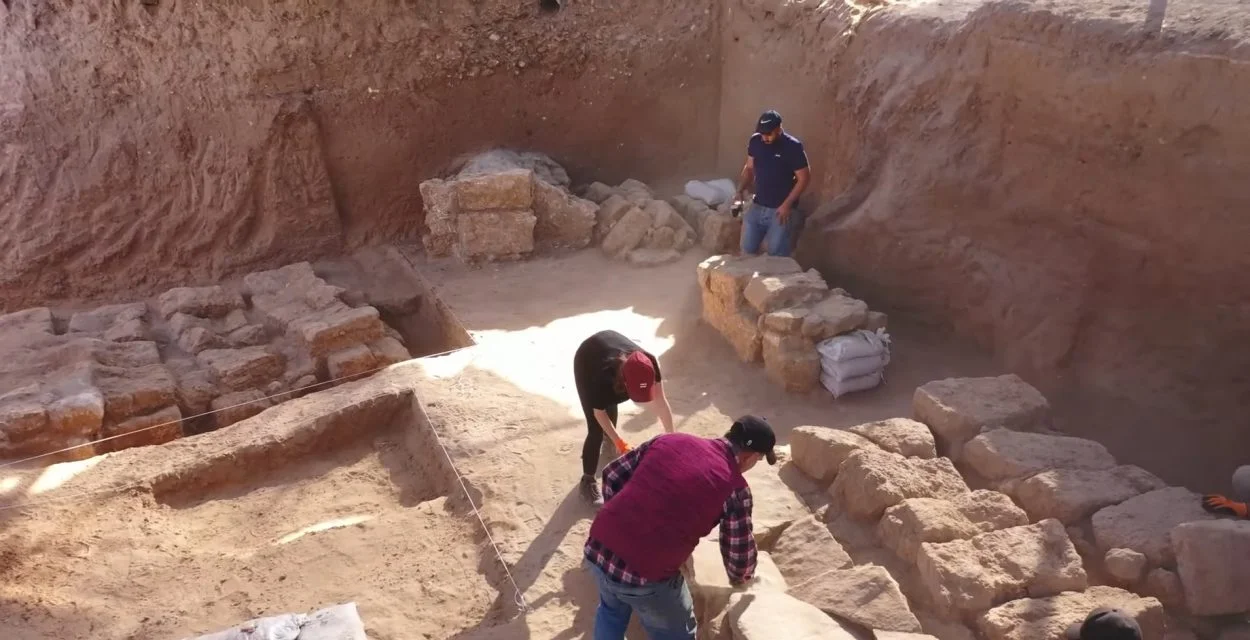Archaeologists excavating at the site of Yavne in central Israel have uncovered a building from the time of the exiled Sanhedrin.
The Sanhedrin was an assembly of either twenty-three or seventy-one elders (known as “rabbis” after the destruction of the Second Temple), who were appointed to sit as a tribunal until the fall of Jerusalem and exiled 2,000 years ago.
According to rabbinic tradition, Rabbi Yohanan ben Zakkai and his disciples were permitted to settle in Iamnia (Yavneh) during the outbreak of the First Jewish-Roman War. Zakkai and his disciples founded a school that functioned as a re-establishment of the Sanhedrin.
Excavations were conducted by the Israel Antiquities Authority in response to planned housing development, that revealed an industrial building dating from the 1st-3rd century AD.
The floor of the structure contained fragments of stoneware known as ‘measuring cups that are identified with the Jewish population in the late Second Temple period and second century AD.
The team also discovered a large cemetery with carefully arranged tombs, some of which are coffins (sarcophagi) made mostly of stone. The cemetery was probably established outside of the settlement in accordance with Jewish and Roman law and may contain the burials of the sages of Yavne, contemporaries of Rabban Yohanan ben Zakkai, Rabbi Akiva, and Rabban Gamliel.

Placed on the tombs were 150 glass phials, which Dr. Yael Gorin-Rosen, head of the Israel Antiquities Authority’s glass department said: “The phials were probably used to keep precious liquids such as fragrant oils. About half of them were locally produced, and the other half imported from Alexandria in Egypt. Phials of this type have been recovered in excavations at both Jewish and pagan burial sites from the first to the early third centuries AD.”
Directors of the Yavne excavation for the Israel Antiquities Authority said: “The discovery of finds from the time of the Sanhedrin is very exciting. This is a direct voice from the past, from the period when the Jewish leadership salvaged the remaining fragments from the fall of the Temple, went into exile in Yavne, and set about re-establishing the Jewish people there.”
Header Image Credit : IAA





